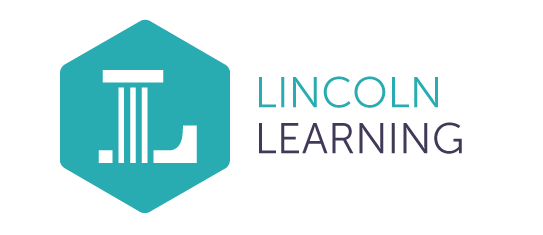- Call today: 1 (866) 990-6637





Homeschool
Learning is Only a Click Away.
Designed for Every Learning Style
Students enrolled in Lincoln Empowered courses have the flexibility to learn in ways that best suit their individual learning styles. Our self-paced courses include educational videos, audio recordings, games, and interactive learning activities to meet the needs of all students. Browse more than 170 core, elective, and specialty courses below.

PLEASE NOTE:
Auto-graded courses do not include a teacher facilitator to make student accommodations. All students who need accommodations must be enrolled in a course with teacher services.
Please email us at sales@lincolnlearningsolutions.org for questions.
Our auto-graded courses are only available as semester offerings. To purchase a full-year auto-graded course, you must checkout with Semester 1 and Semester 2 to your cart.
English Language Arts | Grades EK-8
English Language Arts | Grades 9-12
Mathematics | Grades EK-8
Mathematics | Grades 9-12
Science | Grades EK-8
Science | Grades 9-12
Social Studies | Grades EK-8
Social Studies | Grades 9-12
Art | Grades EK-12
Music | Grades EK-12
Physical Education | Grades EK-12
World Languages
General | Grades EK-8
General | Grades 9-12
Credit Recovery
Honors Courses
Ready for Change?
Together, we'll work to create new, meaningful learning experiences for your students.

